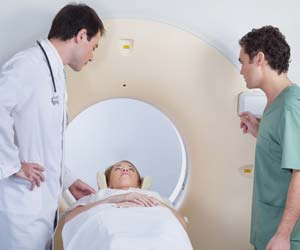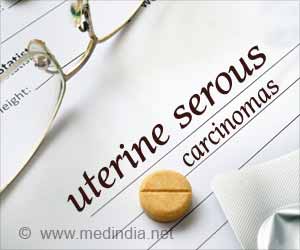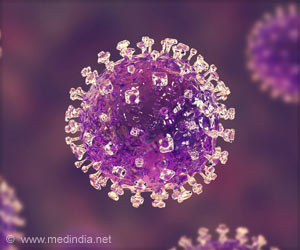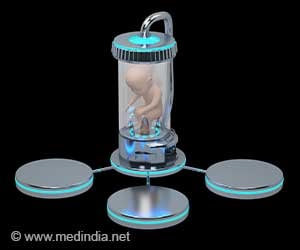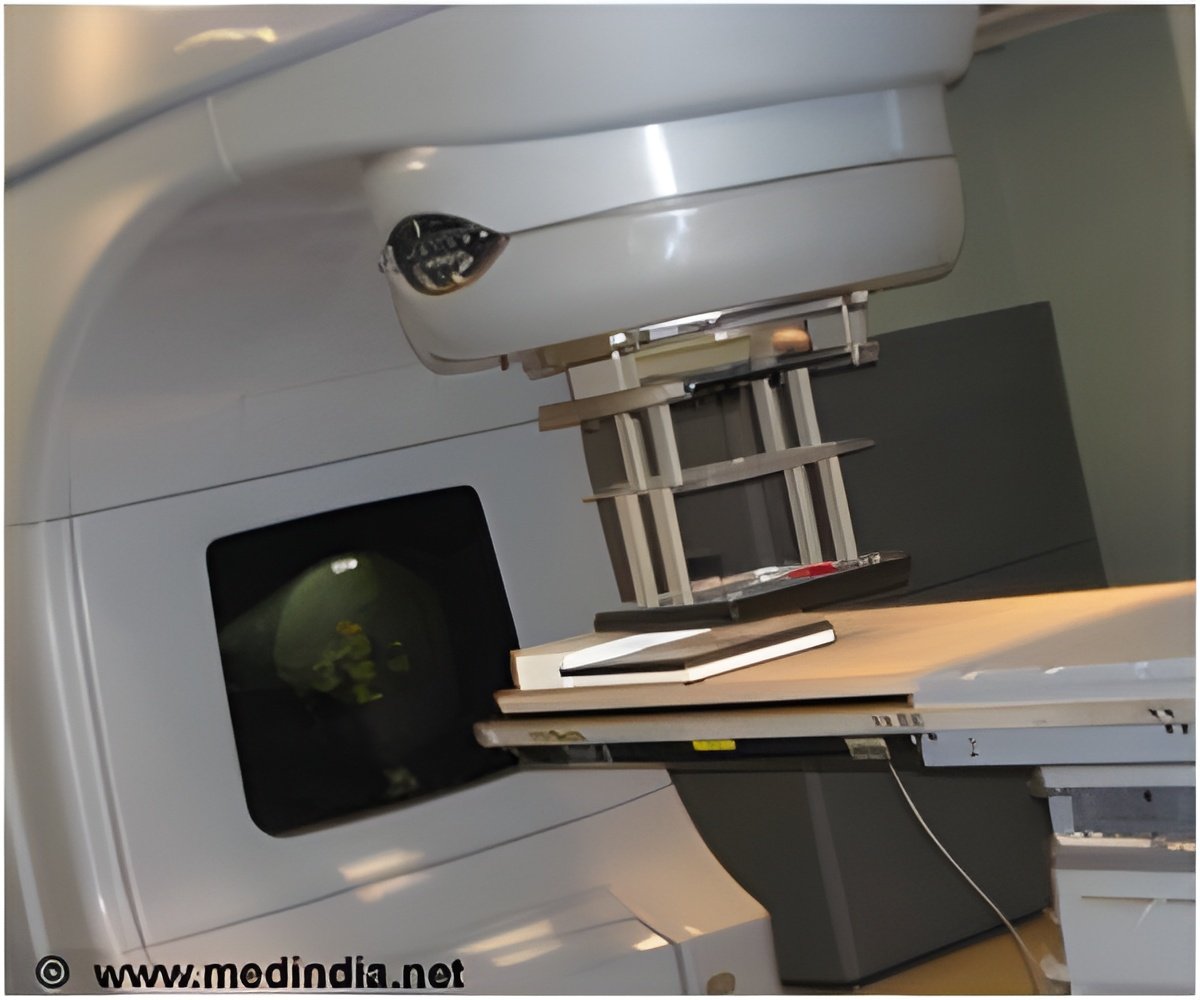
Evaluating Effectiveness of Oral Drug in Removing Radioactive Contaminants
The clinical trial is taking place at the University of Michigan Medical School in Ann Arbor. The study team will enroll 42 healthy participants ages 18 to 65 years in seven groups of six. Each participant in the first group will receive a 100-milligram (mg) dose of HOPO 14-1. The subsequent groups will receive increasingly higher doses of the study drug up to 7500 mg in the final group if lower doses are deemed safe. Participants will undergo intensive safety monitoring and will be followed for 14 days to measure the absorption, distribution, and elimination of the study drug.‘HOPO 14-1 formulated as an oral capsule can effectively remove many radioactive contaminants 100 times more effectively than diethylenetriamine pentaacetate (DTPA).’
Tweet it Now
Internal radioactive contamination occurs when radioactive elements are absorbed through wounded skin, inhaled, or ingested. This could happen as the result of a nuclear power plant accident or the detonation of a “dirty bomb” or nuclear weapon.As the atoms of radioactive elements decay, they emit ionizing radiation, which can damage DNA, tissues, and organs. One method for reducing the risk of this damage is to remove the radioactive elements from the body as soon as possible after contamination occurs.
The Food and Drug Administration has approved two products for removing internal radioactive contamination. These drugs, both based on diethylenetriamine pentaacetate (DTPA), are administered intravenously by a healthcare provider and can remove three radioactive elements: plutonium, americium, and curium.
In contrast, HOPO 14-1 has been formulated as an oral capsule, which would be easier than an intravenous drug to stockpile and deploy and administer during an emergency.
Preclinical research has shown that HOPO 14-1 can effectively remove many radioactive contaminants, including uranium and neptunium in addition to plutonium, americium, and curium. These studies also have found that HOPO 14-1 is more effective than DTPA at binding and removing these radioactive elements.
Advertisement
References:
- Treatment of radiological contamination: a review - (https://hal.science/hal-03515257)
- Study of Single Oral Doses of HOPO 14-1 Evaluating Safety, Tolerability, Pharmacokinetics - (https://beta.clinicaltrials.gov/study/NCT05628961)
Advertisement



